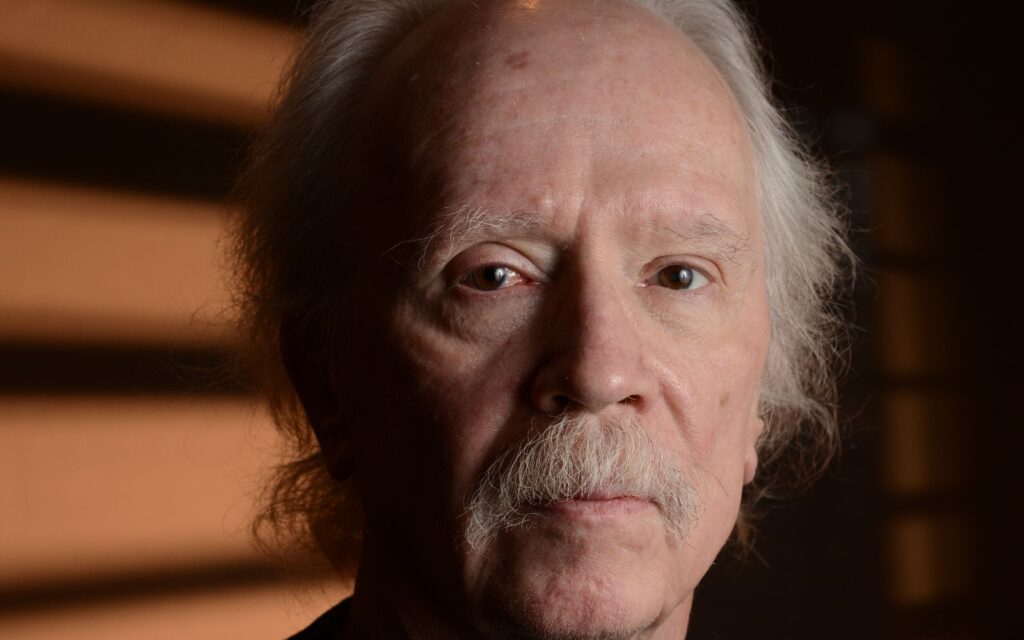For most of you, Halloween just means a bunch of snotty nosed kids knocking on your door while the sun is still up, looking for a handout.
But for the horror genre enthusiasts, of which there are plenty about, the name John Carpenter needs no introduction. With films like the Halloween series, Assault on Precinct 13, Big Trouble in Little China and Escape From New York, Carpenter not only defined a cinematic genre, but also sculpted a soundtrack for that genre quite unlike anything else before it, spawning decades of Halloween music with it. The main element that stands out in all of John Carpenter’s compositions is the relative simplicity that works so well. Even though he uses many various layers to build his sound, each one is quite simple, but at the same time, quite unique, creating a mysterious layering effect that sets the mood for his films and set the scene for rewatching his masterpieces at this time of year, with their Halloween music.
Read up on all the latest features and columns here.
Without a doubt, the main title theme to Halloween would have to be Carpenter’s most well-known work, yet it is also one of his simplest. This is the same with other horror and suspense classics. Think about Jaws: essentially just four notes on a piano was all that was needed there to scare the living heck out of every beach goer for generations. As with Jaws and Halloween, the main driving force behind this is the instantly recognisable piano line that continues to repeat itself through the whole piece. Carpenter gives this momentum by the piercing synthesised hi hat sound that runs from beginning to end. Variation is supplied with the use of three different synth pads with various LFO settings to give additional depth. The string sounds are typical of those used so often by Carpenter, and a real sign of the times. With a high rate LFO to give them an eerie shimmer, the strings swell up to a crescendo fortifying the suspense he tries to create with his music.
The theme music for The Fog brings in a monstrous sounding church organ to the beginning of the track. This is then replaced by a piano that is echoed by a number of synthesised piano sounds, many of these reminiscent of the DX style sounds created by Yamaha. But it must be noted that Carpenter composed and produced this soundtrack several years before Yamaha even released any of their DX range of synths, so he really was a pioneer at the time and still is today. It is quite unnerving how much anticipation, fear and terror he is able to achieve with just a piano sound. With the addition of a simple synth pad and some (albeit terrible sounding) strings, he is able to create a thick atmosphere to compliment the mood of the film. It just goes to show that you do not necessarily need the latest and greatest synthesiser or keyboard to get results. In fact, all of his soundtracks could easily be replicated with a typical Yamaha beginner’s keyboard like a PSRE-345. You don’t need to spend big money to make horror, as the production of many films has proven.
Carpenter uses simple effects: slight de-tuning and odd timing for an uneasy feeling. The instrument isn’t always the main source of the sound, sometimes a little unique addition can be the magic sauce to a creepy, spooky sound!
The main title theme to Assault on Precinct 13, several years prior to The Fog, has Carpenter digging around with synthesised bass lines that are quite simple, but offset by the screaming synth strings and analogue drum machine programming. Even though it is based on a few repeating bars, the main theme was somewhat of a breakthrough for its time when most film scores were relying on funk oriented score with big brass sounds, guitars and full orchestration. Carpenter broke from the mould by using synthesisers to create his sound. The recent resurgence of analogue synthesisers and drum modules in the market makes it possible to recreate these sounds authentically and with not much of a budget either.

The soundtrack to Assault on Precinct 13, although one of Carpenter’s first, has been acclaimed as one of his greatest. He is able to, with the use of synthesisers, evoke all number of emotions within the audience, capturing the fear and desperation of the characters within the film. It is considered an avant-garde piece, reinventing the rules of classic film scoring as well as the use of so-called ‘electronic’ sounds. The first bars of the main title theme have been an influence on many of the hip-hop and techno sound of the 90’s and can still be heard in instrumentation today. Jump forward 20 or 30 years from when these films were first created and you can see Hollywood, perhaps starved for new ideas, rehashing many of these classic films in modern interpretations. It seems that no horror film, or soundtrack, is going to remain sacred and all are up for re-release with CGI and more bloodletting.
But if you want to create some real terror at Halloween, go back to the simple elements. Use a slightly detuned piano or a shrill synthesised string pad, and let emotion drive the terror, not effects. Three or four notes might be all you need to create a classic. Which ones they are, I could not tell you.
Keep reading about John Carpenter’s work here.







